Hey there! This is the Uniform version 3 documentation site. If you’re looking for version 4, go here instead.
/
Transactional Emails
Email is the preferred channel for longer correspondence, like onboarding or updating the user on new features. That usually involves a lot of words.
We shouldn’t rely on email to deliver time-sensitive information. It’s considered a less intrusive means of getting on their radar, so don't expect them to act or respond right away. For shorter, more timely alerts, try a mobile notification instead.
Because an email’s shelf life is longer than that of a mobile notification, make sure to bundle messages and spread them out as much as possible.
Subject Lines
We’ll keep these tips short and sweet—just like the subject should be.
- Keep your subject line under 50 characters. If you can do 30, even better. Anything longer is cut off by the email client.
- Personalization is important. First names aren’t as effective as a specific product or team they’re familiar with.
- Don’t repeat ‘Hudl’ in the subject. Our name already shows up as the sender.
- Be careful with punctuation. Exclamations are a no-go. Feel free to ask a question, but always include the answer in the body.
- Use sentence case. It’s easier on the eyes. That said, don’t put periods at the end. If you need one to separate two sentences (shouldn’t happen often), that’s fine.
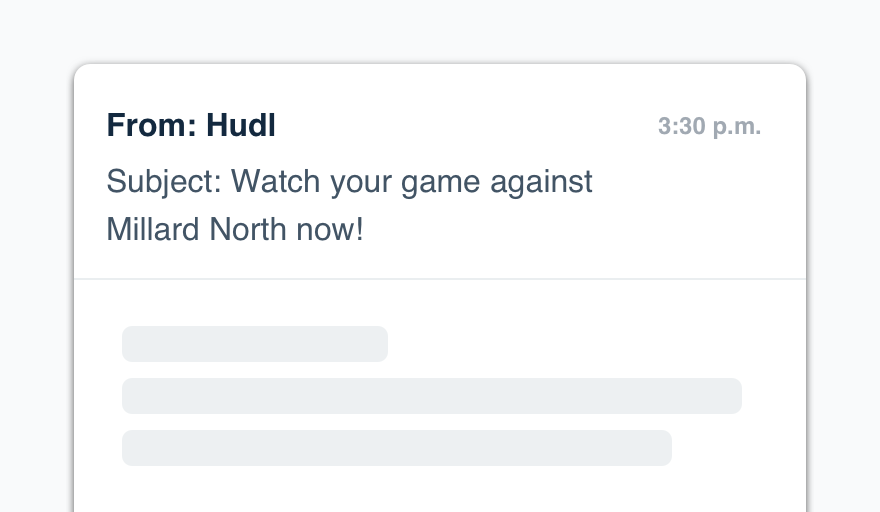
Don'tcome off as bossy or urgent (a risk with exclamations).
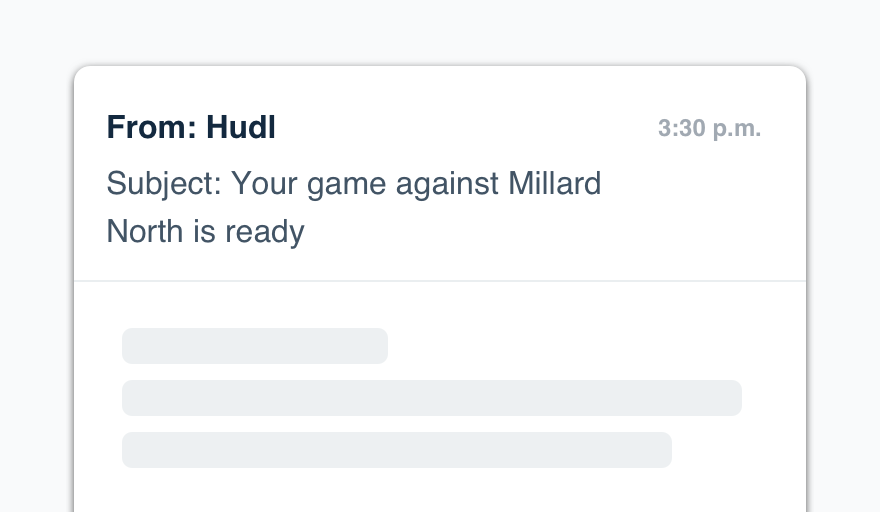
Dokeep the subject line short, with quality personalization.
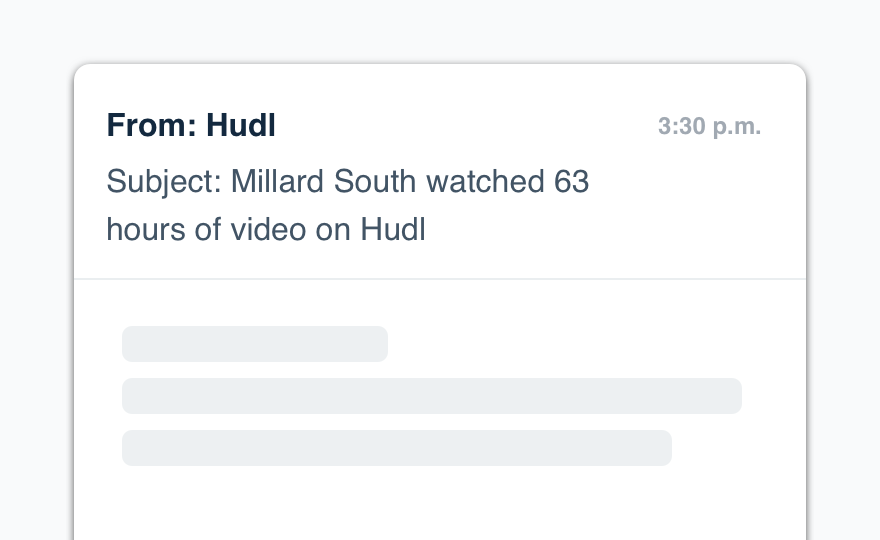
Don'trefer to a person or their team in third person.
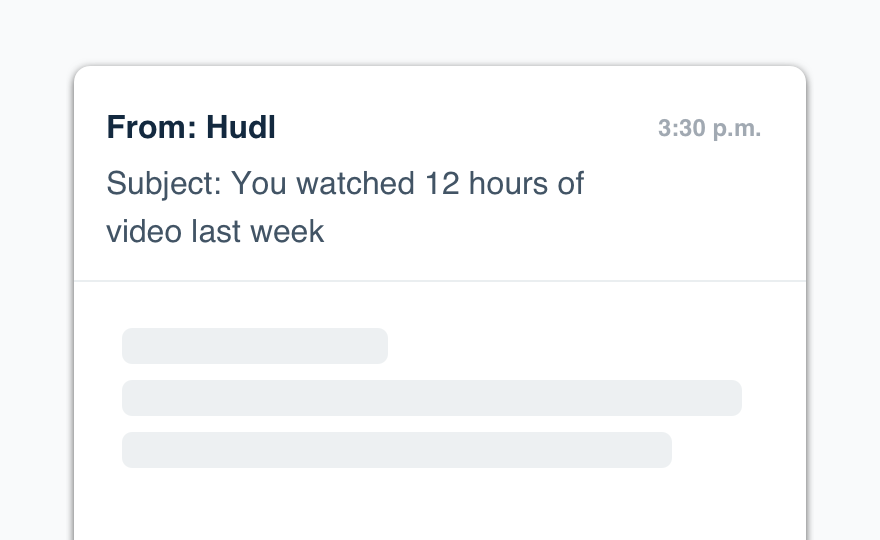
Dospeak directly to the recipient.
Body Copy
Every transactional email serves a very specific purpose. For the sake of brevity, fulfill that purpose and be done.
- Make the email scannable. Headings and lists are incredibly helpful on this front.
- The whole thing should read as one cohesive thought with a beginning, middle and end. Give them a sentence or two explaining why they’re receiving the email, then state the important info as clearly as possible. Close it with contact information or a quick CTA, and you’re done!
- We should always speak directly to the recipient—don’t be afraid of “you” and “your”. Everything automated should come from “we” or “us” as a company.
- You get one exclamation per email, max. That does not mean you have to include one. Save it for genuine excitement, not to get the reader excited about something objectively average.
- If you link anything, make sure to follow our microcopy rules under the link component.
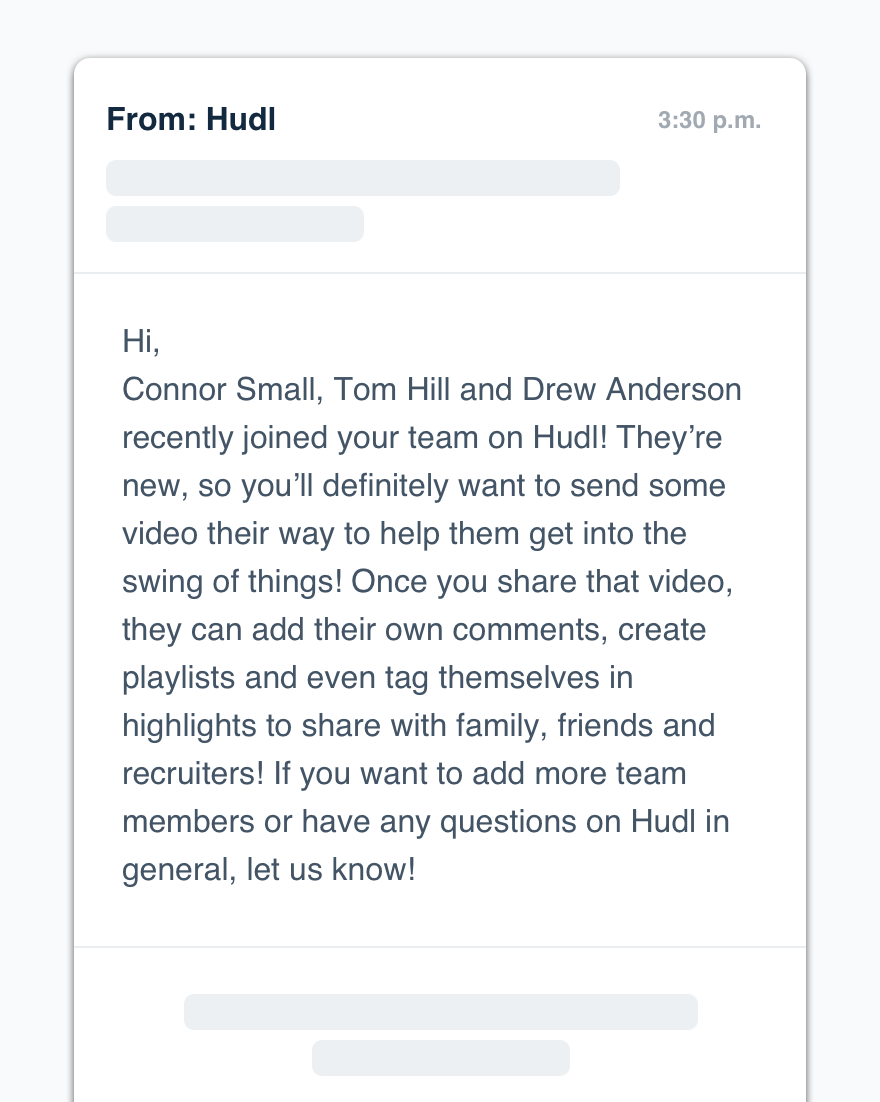
Don'tcram everything together as one thought with no clear focus.
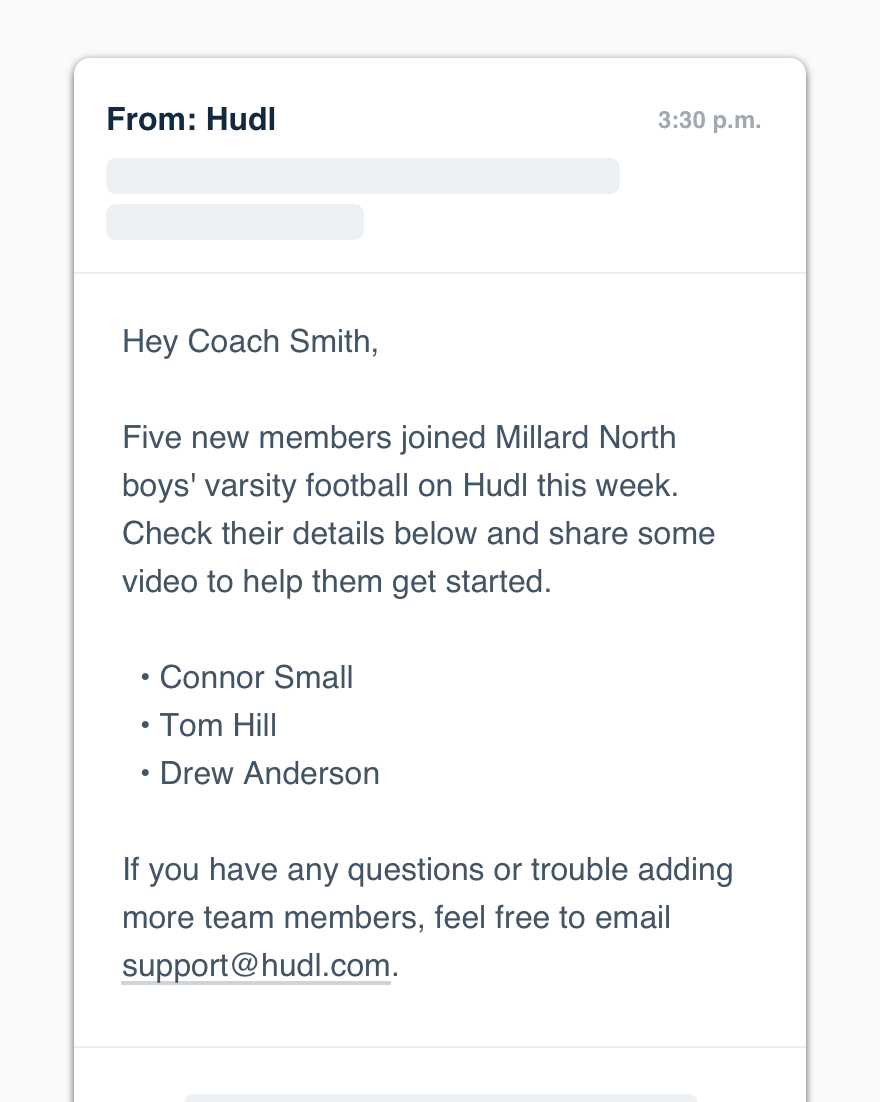
Dobreak things up with headings and lists for easier scanning.
CTAs
Be sure to check our guidelines on title-to-CTA congruence. Consider the subject line your “title” and make the email flow from start to finish.
For the sake of providing a clear next step, shoot for a single CTA in each email. To make it pop, use the button component—and abide by those microcopy rules!
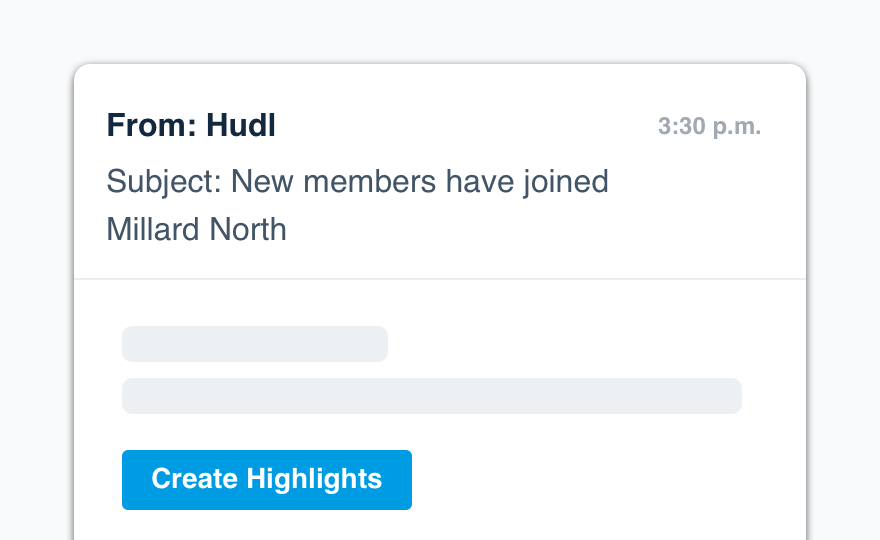
Don'tdetach the CTA from what’s implied by the subject.
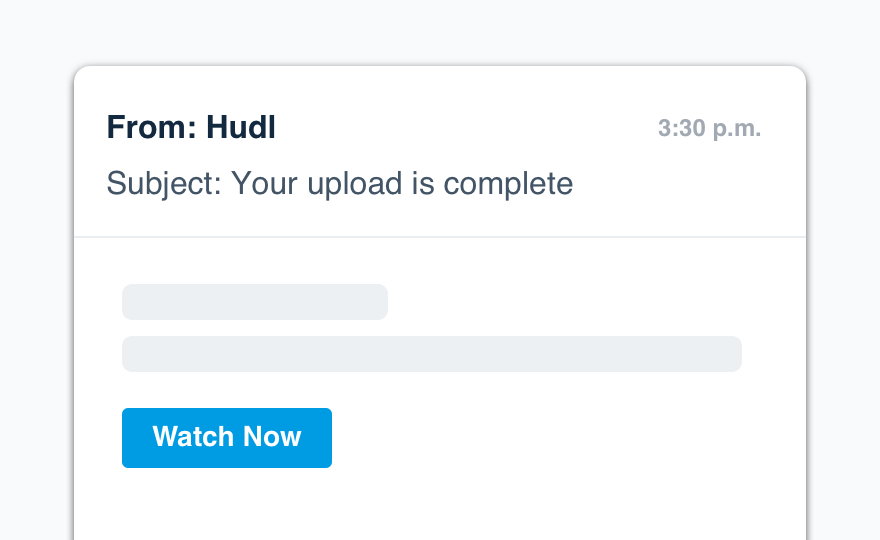
Dobuild a CTA from the content of your subject line.